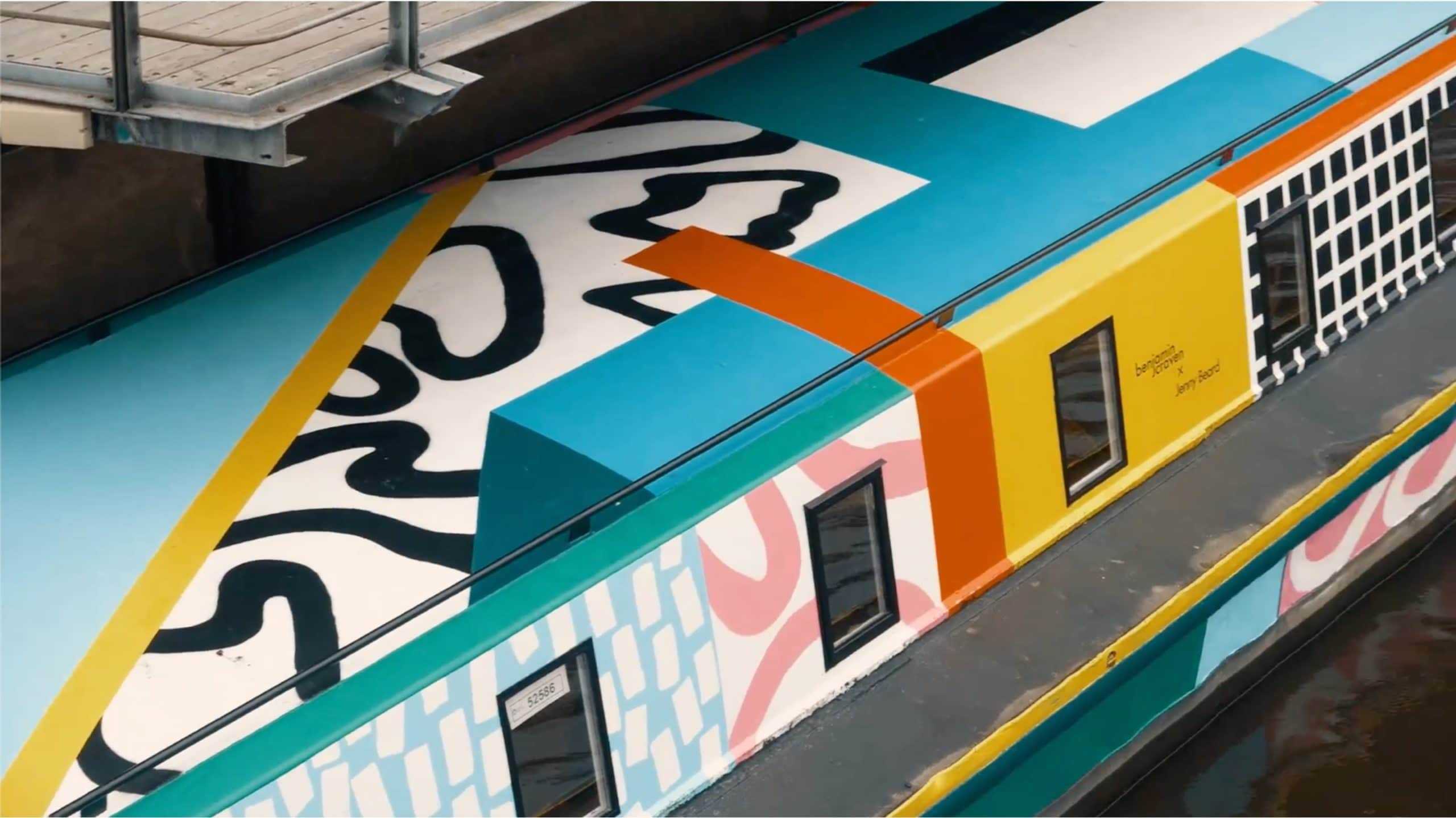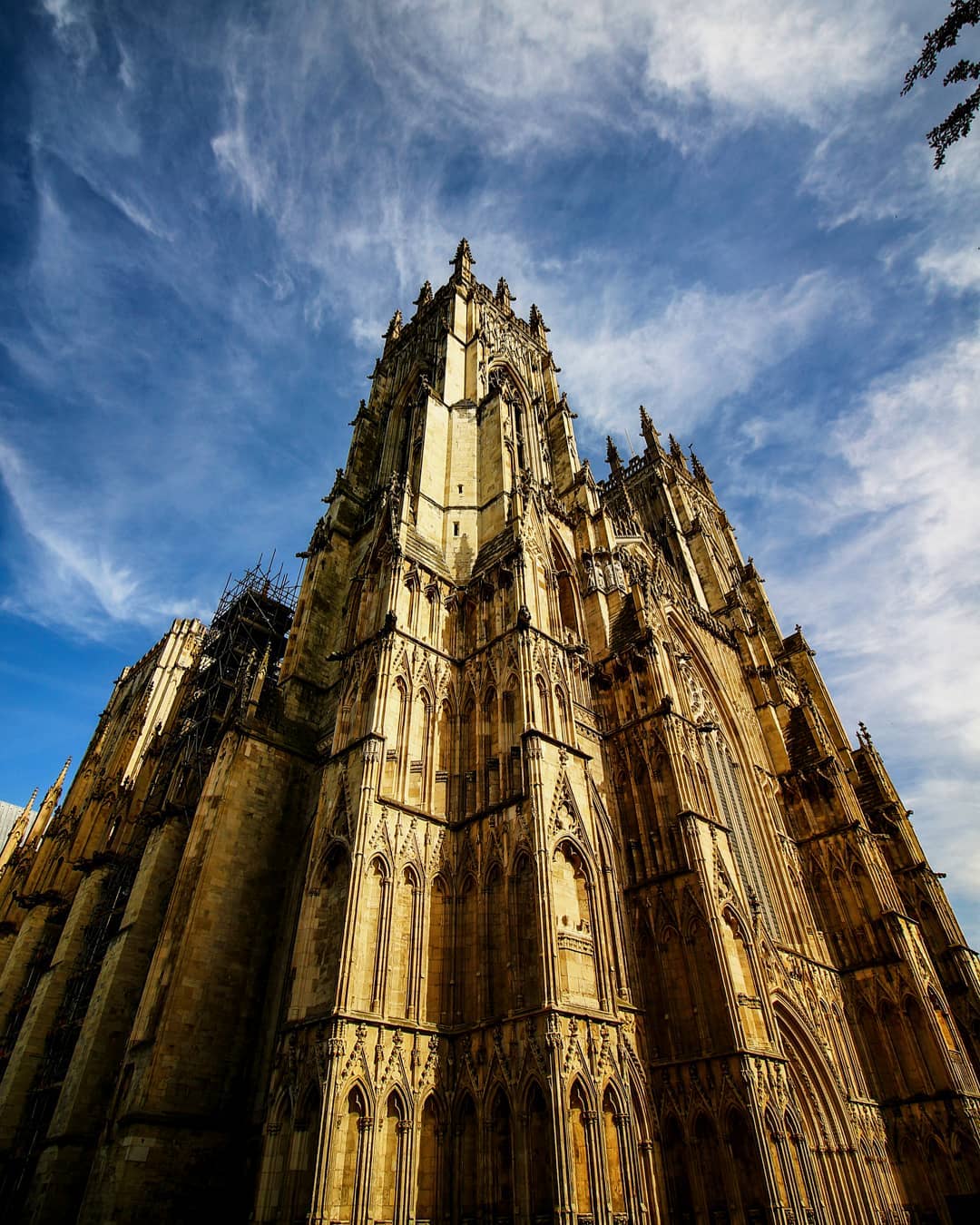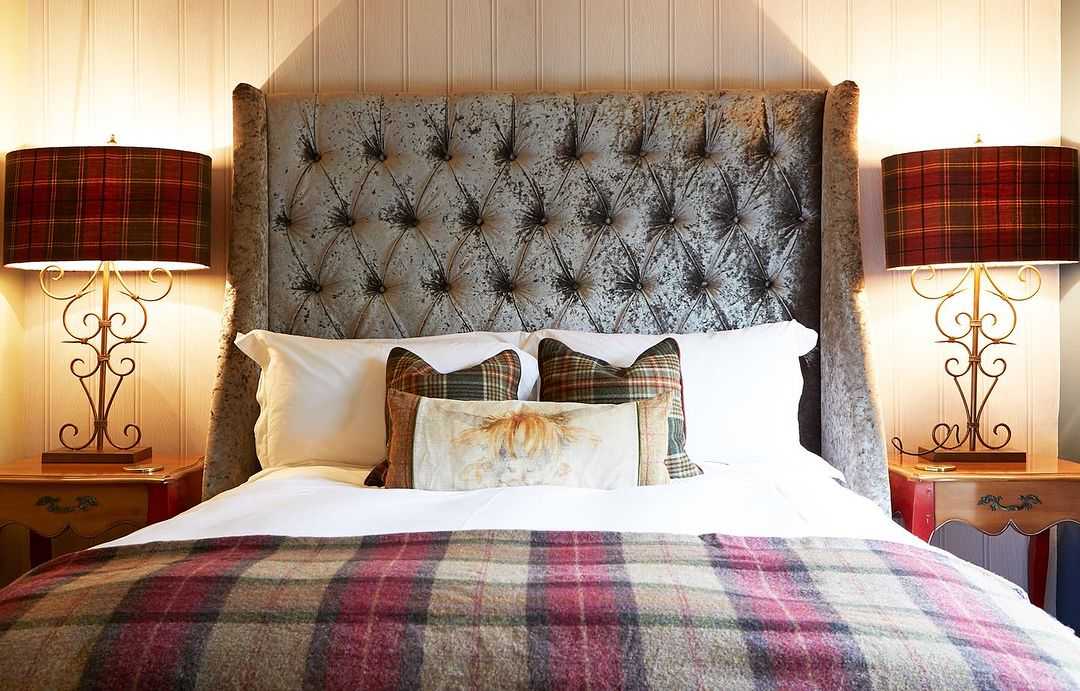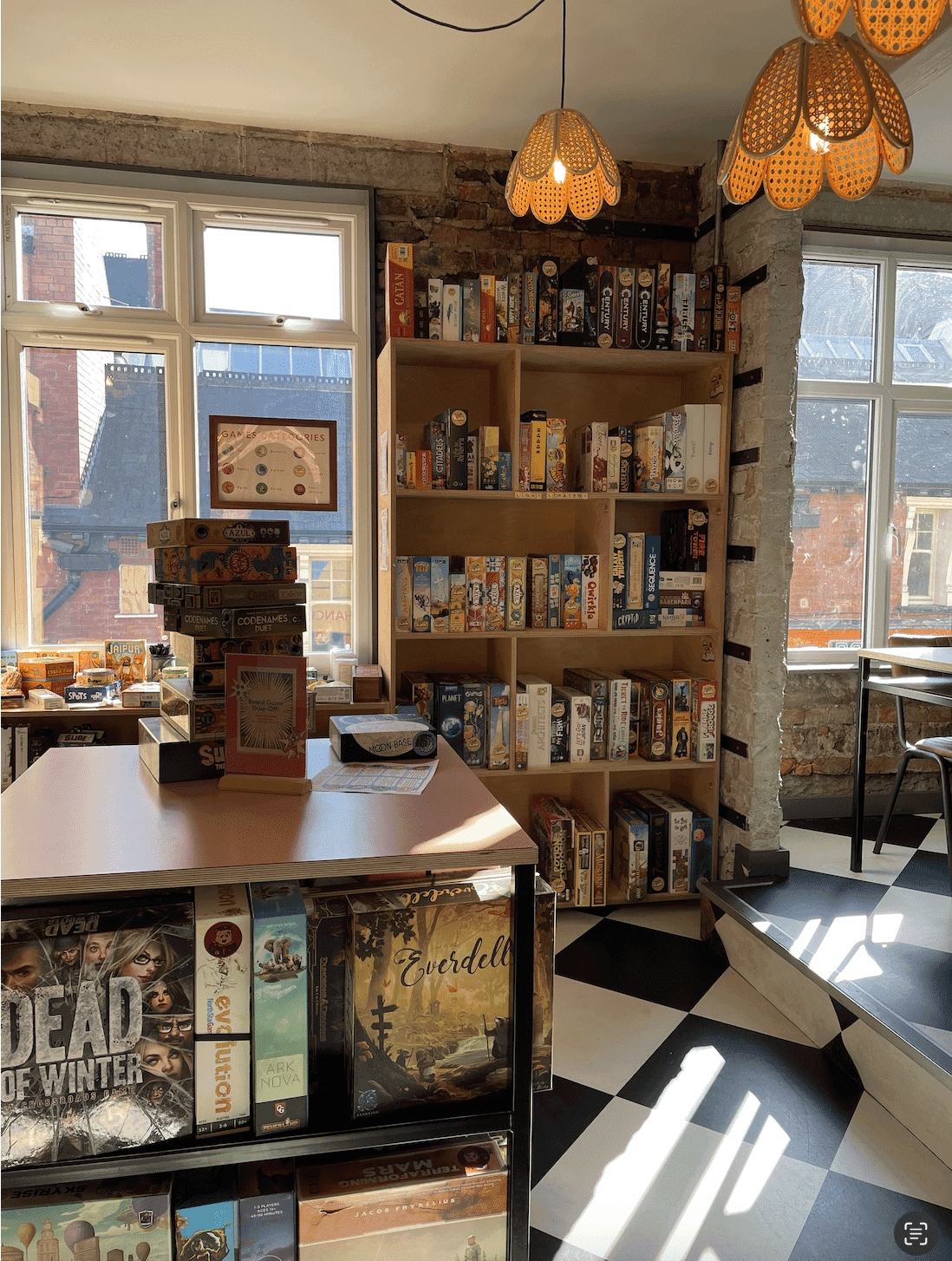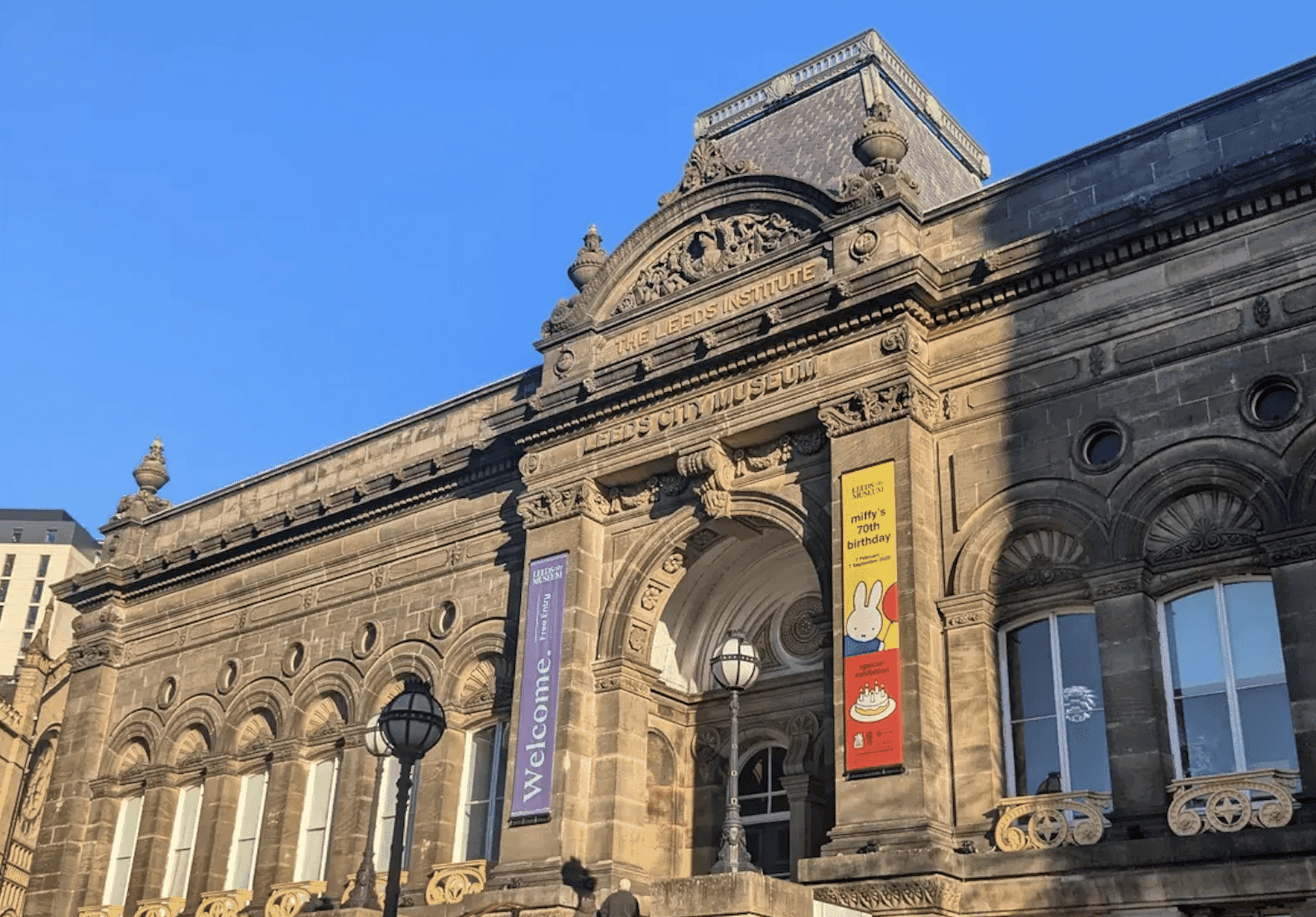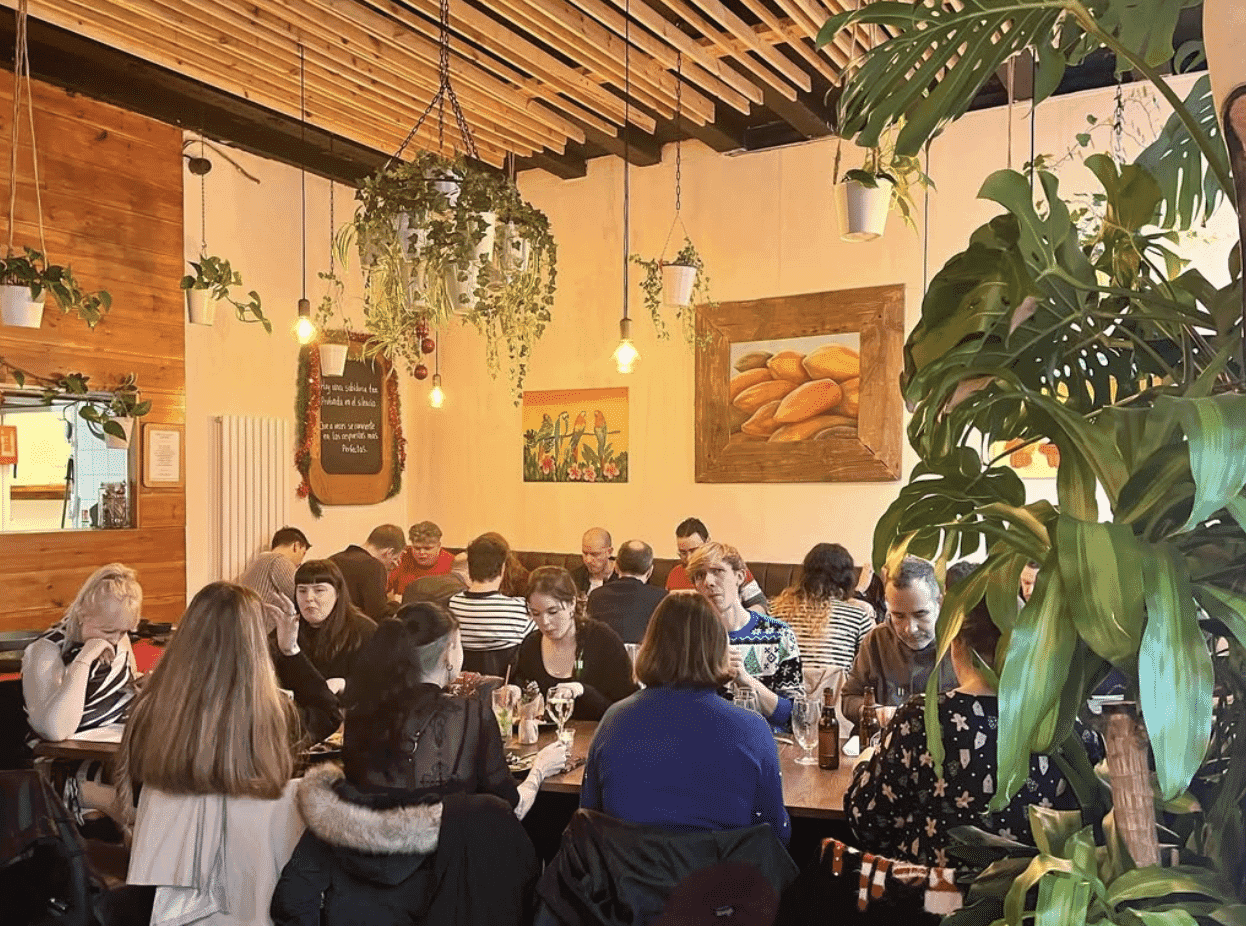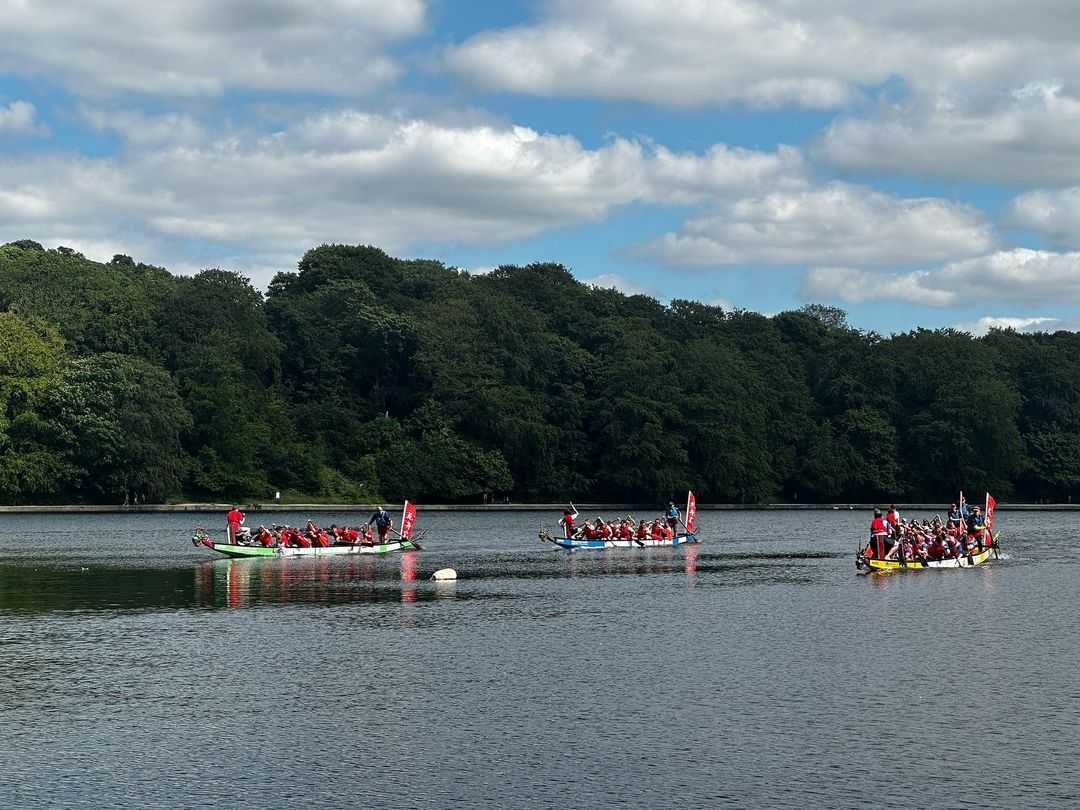We all know and love the city of Leeds, from the different types of people wandering the streets to the weird and wonderful businesses, and importantly, the beautiful buildings that surround us and make the city what it is. From what once started as a Saxon village with a population of around 200 back in 1086, has expanded to a population of half a million and continuously thrived through the decades. What truly makes a place become a city is a combination of architecture, business and pure creativity. And we have Cuthbert Brodrick to thank for that.
Cuthbert Brodrick (1821-1905) was a British architect born in Hull who was known for ‘changing the face of Leeds’ by contributing greatly to the city’s landscape and industry sector. Back in 1852, Cuthbert entered and won a competition organised by Leeds Corporation and headed by architect Sir Charles Barry, for the design of Leeds Town Hall. Taking five years to build and reaching a total cost of around £125,000, it was later opened in September 1858 by Queen Victoria with an audience of 400,000 to 600,000. From this he then went on to build some of the most iconic buildings in Leeds which were inspired by his love of classical architecture from his travels around Europe including Paris and Rome.
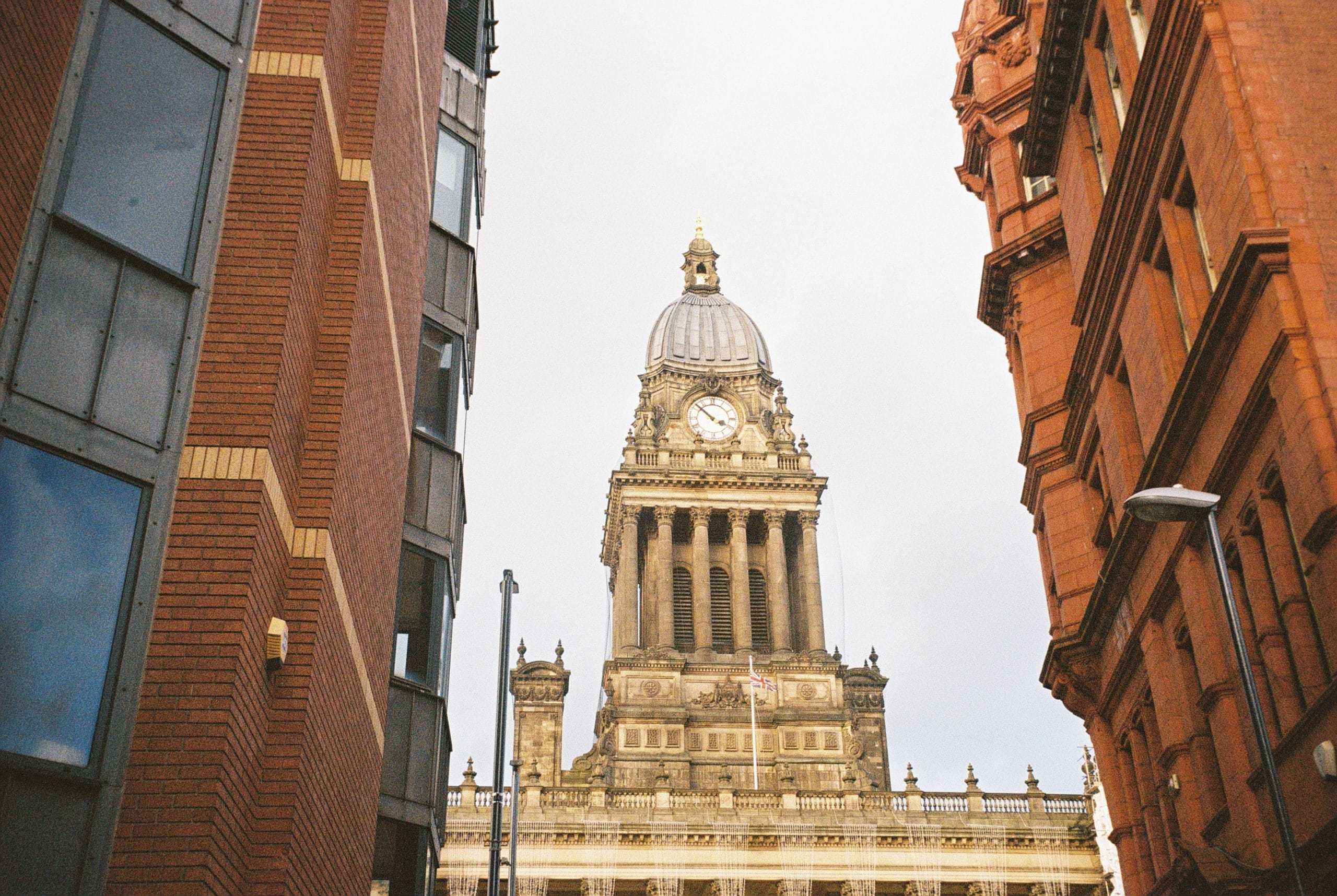
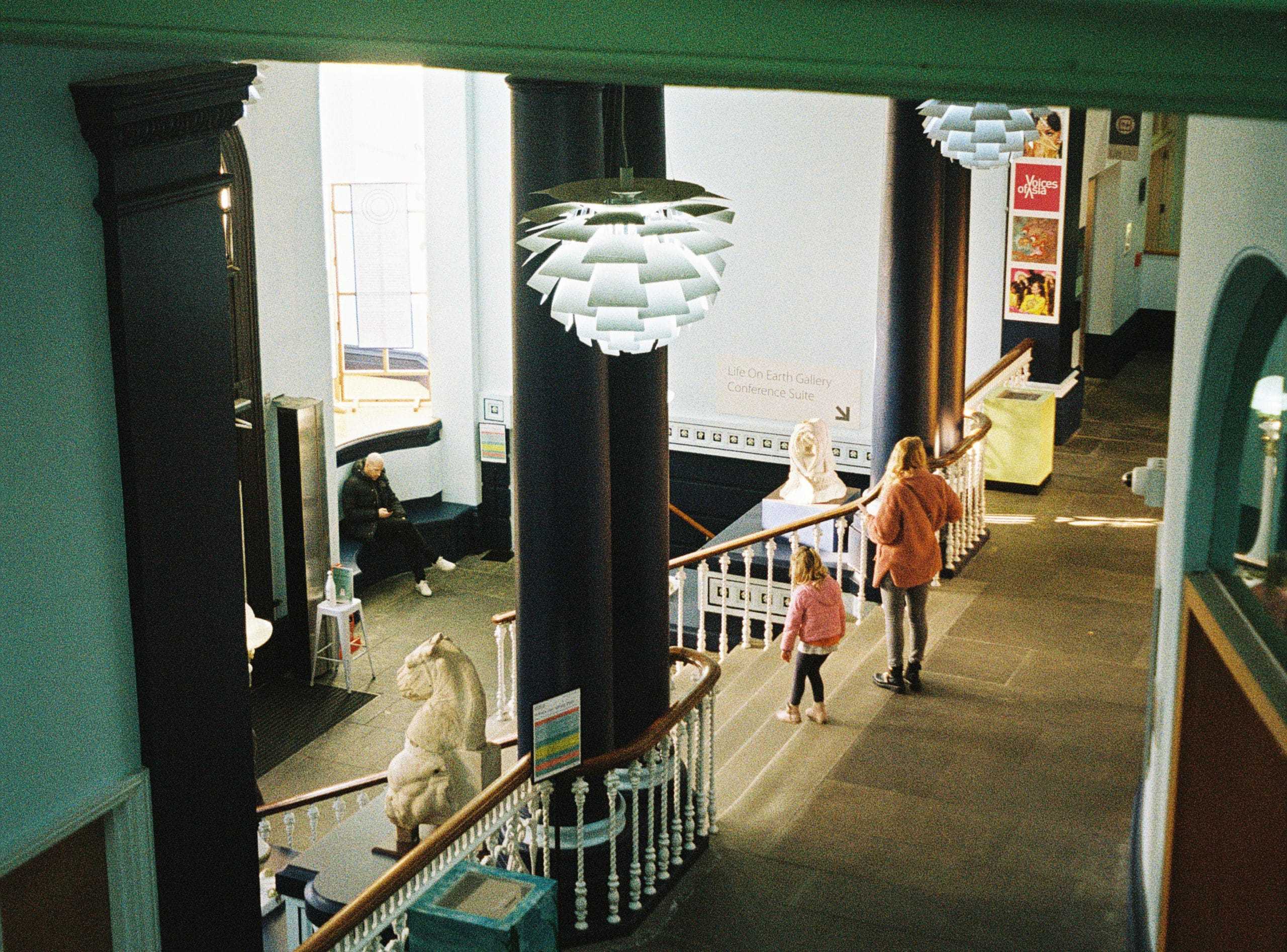
With the construction of Leeds Town Hall finishing in 1858, his next project was the Leeds Corn Exchange in 1864, followed by The Mechanics’ Institute (now known as Leeds City Museum), The Oriental Baths in Cookridge Street in 1866 which are now demolished, and the Headingley Hill Congregational Church in 1864, amongst his other notable projects. Not only have these beautiful buildings helped change the city for the better, but have also had a significant impact on people’s lives.
Back during the construction process of the Leeds Town Hall, the distinctive baroque clock tower was not a part of the initial design, but was added by Brodrick in 1856 to make a grander statement. Leeds Town Hall was planned to include offices, a council chamber, law courts and serve multiple other purposes. After the building of Civic Hall and Leeds Crown Court in 1933, many of its functions were relocated, and so Leeds Town Hall now mainly serves as a concert hall, conference venue and cultural events space. Being one of the first and largest civic buildings in Britain, it is the most important historical asset to the city and in 1951 it was designated a Grade I listed building. In 2019, a major three-year refurbishment project
began to provide new seating, soundproofing, public event spaces and general restoration. It is scheduled to reopen again in 2022 in time for the Leeds 2023 city-wide cultural event.
The living landmark, Leeds Corn Exchange, has been an iconic building in the bustling city since it was first opened in 1864. The dramatic dome was inspired by the Bourse de commerce of Paris by François-Joseph Bélanger and François Brunet, completed in 1811. This Grade I listed building is a symbol of the city’s economic power and contribution to the trade industry. As the 20th century moved on, Leeds Corn Exchange became a focal point for the community and was used for trading up to six times a week. However, by 1969, numbers reduced and the space was only being used once a week for trading, and thankfully threats for demolition were declined and plans for the large space began taking place. Today, the building is home to an array of independent businesses in both the retail and food sectors, and has remained a true icon in the city of Leeds.
Another of Cuthbert’s prominent projects is the former Mechanics’ Institute, now known as Leeds City Museum. Institutes were educational establishments originally created to provide education for adults, particularly in technical subjects, to working men in Victorian-era Britain and its colonies. After the Mechanics’ Institute fell out of use for its original purpose, it had a new lease of life as a concert hall, becoming known as the Civic Theatre. In 2005, another restoration and renovation project turned the Albert Hall into the grand ‘central arena’ of the Leeds City Museum, with other rooms becoming galleries and visitors’ facilities. Now, Leeds City Museum takes you on a journey from Ancient Egypt to modern day Leeds, all for free.
Without the wonderful creations of Cuthbert Brodrick, life in the city of Leeds wouldn’t be so special. These buildings are the heart and soul of culture in the city, all of which have contributed greatly to our society, then and now. And they’ll continue to do so in the future. The architect from Hull shaped Leeds into what it is today, and will forever remain one of the city’s most influential characters. Who knows what the city will look like in the next 100 years? As long as Brodricks stamp on the city remains, we’re sure it’ll be amazing.
Photos: Leeds Corn Exchange, Leeds Town Hall & Leeds City Museum. All @maxjcurran
